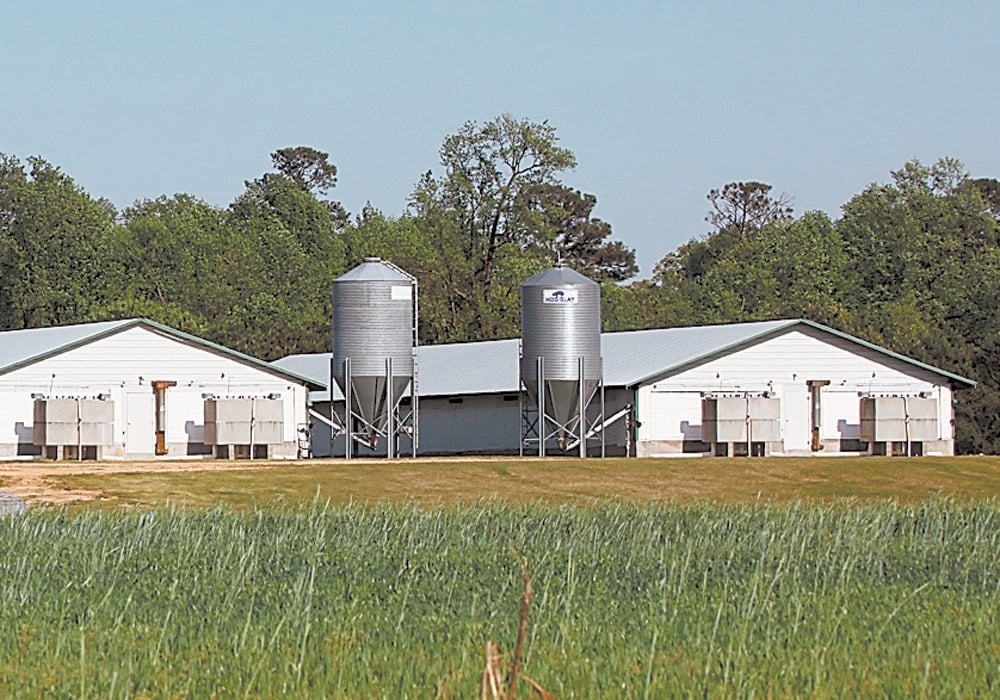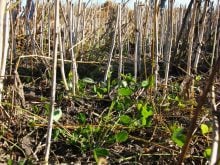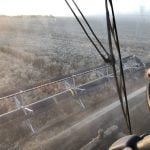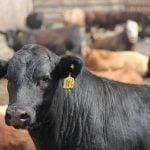Manitoba’s hog industry is replacing its inventory of aging barns, but two factors are hindering the speed of builds and rebuilds in the province.
One is labour and the other is access to capital.
“I would put those as the number one and number two (challenges),” said Cam Dahl, Manitoba Pork Council general manager.
It’s difficult to say which issue is the biggest obstacle, as it “depends on who you talk to,” Dahl added from his office in Winnipeg.
Since 2017, about 40 new facilities have been constructed on hog farms in Manitoba.
Read Also
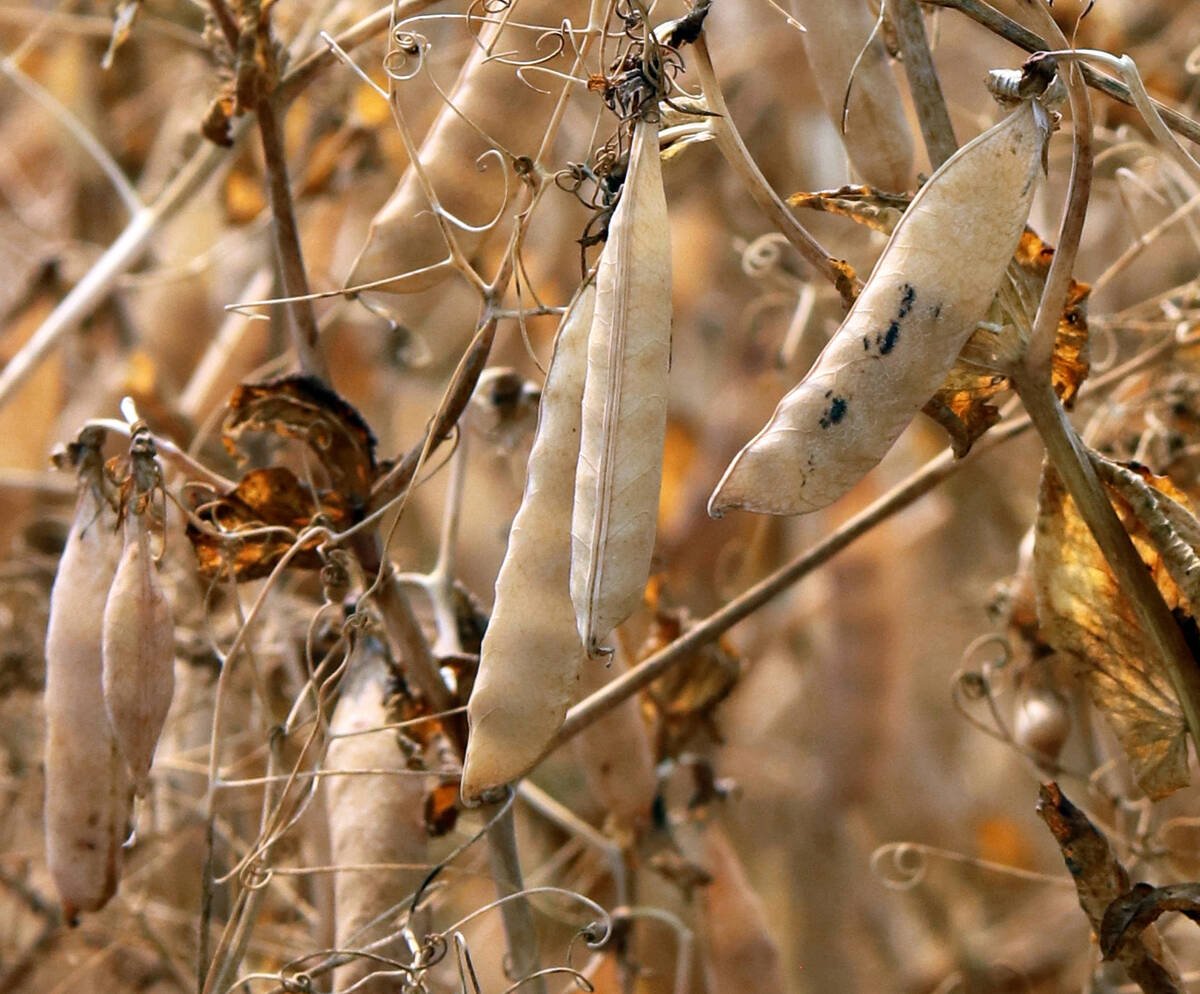
Trump’s tariffs take their toll on U.S. producers
U.S. farmers say Trump’s tariffs have been devastating for growers in that country.
A facility could be one barn, or a project with multiple hog barns.
That isn’t a lot, but any construction is positive because the hog industry in Manitoba, and in Canada, must replace hundreds of aging barns in the coming years.
At the beginning of 2021, there were about 600 hog farms in Manitoba. Most barns on those farms were built in the 1990s and have been around for 20-30 years. Hog barns typically have a lifespan of 30 years.
“We should be building about 20 barns a year (in Manitoba),” Andrew Dickson, former general manager of Manitoba Pork, said several years ago. “Over the next 10 years, we essentially have to replace most of the buildings we’ve got. That’s a $2 billion investment.”
That $2 billion estimate is likely dated.
Prices for concrete, lumber and other building materials have exploded and labour costs have also jumped. So, financing a new build is more difficult than it was 20 years ago.
“If you’re going to build a new facility, it’s between $10 to $15 million,” Dahl said. “When people are putting out bids to contractors, those costs (materials and labour) have gone up significantly…. It was going up before the pandemic, but the pandemic has (pushed costs even higher).”
This year, between five and 10 new facilities are expected to be constructed in Manitoba.
That includes a project near Deloraine, where Hylife has proposed to build one barn with 3,800 nursery hogs and three barns with 7,600 finishing hogs, based on information on the company website.
Hylife owns a hog processing plant in Neepawa, feed mills and dozens of barns in Manitoba.
That investment will create jobs and more wealth in Manitoba’s hog sector, but the cost of barn construction is becoming a barrier to growth and renewal.
Manitoba’s hog sector has advantages over other jurisdictions, such as excellent biosecurity practices and access to feed, but the “cost of putting up a new facility is not one of them,” Dahl said.
“Companies like Maple Leaf and Hylife have options other than Manitoba to (build new barns)…. The (jump) of costs here in Manitoba… are going to influence those decisions.”
Those companies could choose to build barns in North Dakota, for example, where the cost of construction is lower.
Independent hog farmers are unlikely to move their operations out of Manitoba, but they need millions in capital to replace their aging barns. Convincing a bank or credit union to finance a $10 million hog barn project is not a simple task.
“We need to talk about, are there innovative ways of ensuring that independent producers can get the capital they need,” Dahl said. “I think there are some creative ways we can think about doing this.”
There’s also the shortage of labour, a chronic issue within the entire pork industry.
Companies don’t have enough truckers, packing plant workers, hog barn employees or enough people to maintain and build hog barns.
“Most operators are short 20-25 percent of their goal for labour,” Dahl said.
The labour shortfall is much larger than the hog sector. Most of the Canadian agricultural industry is struggling to recruit and retain employees. In 2020, a study by the Canadian Agricultural Human Resource Council found that 40 percent of farm operations did not have sufficient staff. That percentage is likely higher for hog farmers.
Persistent labour issues and financing new barns are problematic, but the last couple of years have been positive for Manitoba’s hog sector.
Maple Leaf Foods invested $182 million in a new bacon plant in Winnipeg, creating 350 new jobs and increasing the amount of pork processing in the province.
And Topigs Norsvin, a swine genetics company from Norway, is spending about $35 million on a research and development farm in Plumas, Man., east of Neepawa.
“There’s 35 high-tech jobs in Plumas, Man., because of that (investment),” Dahl said.


